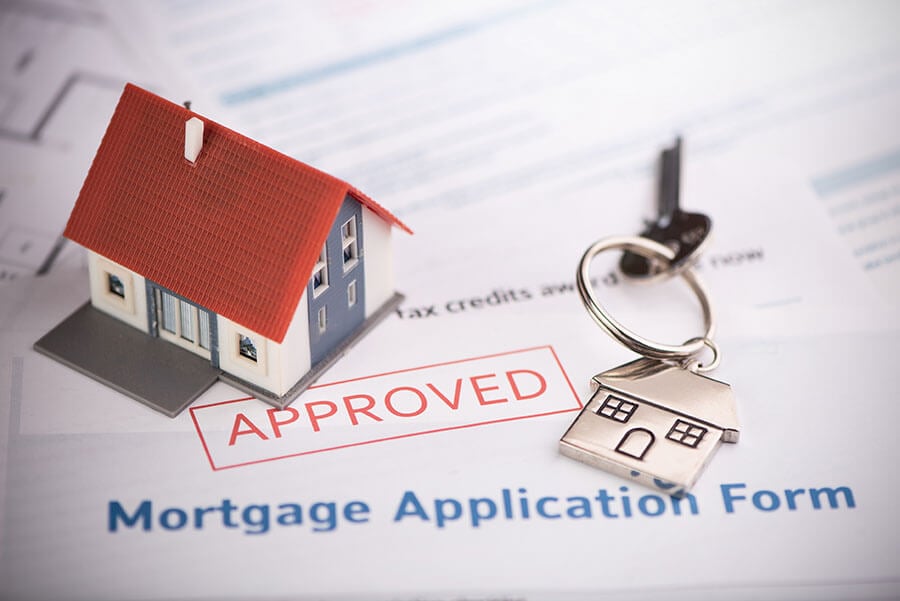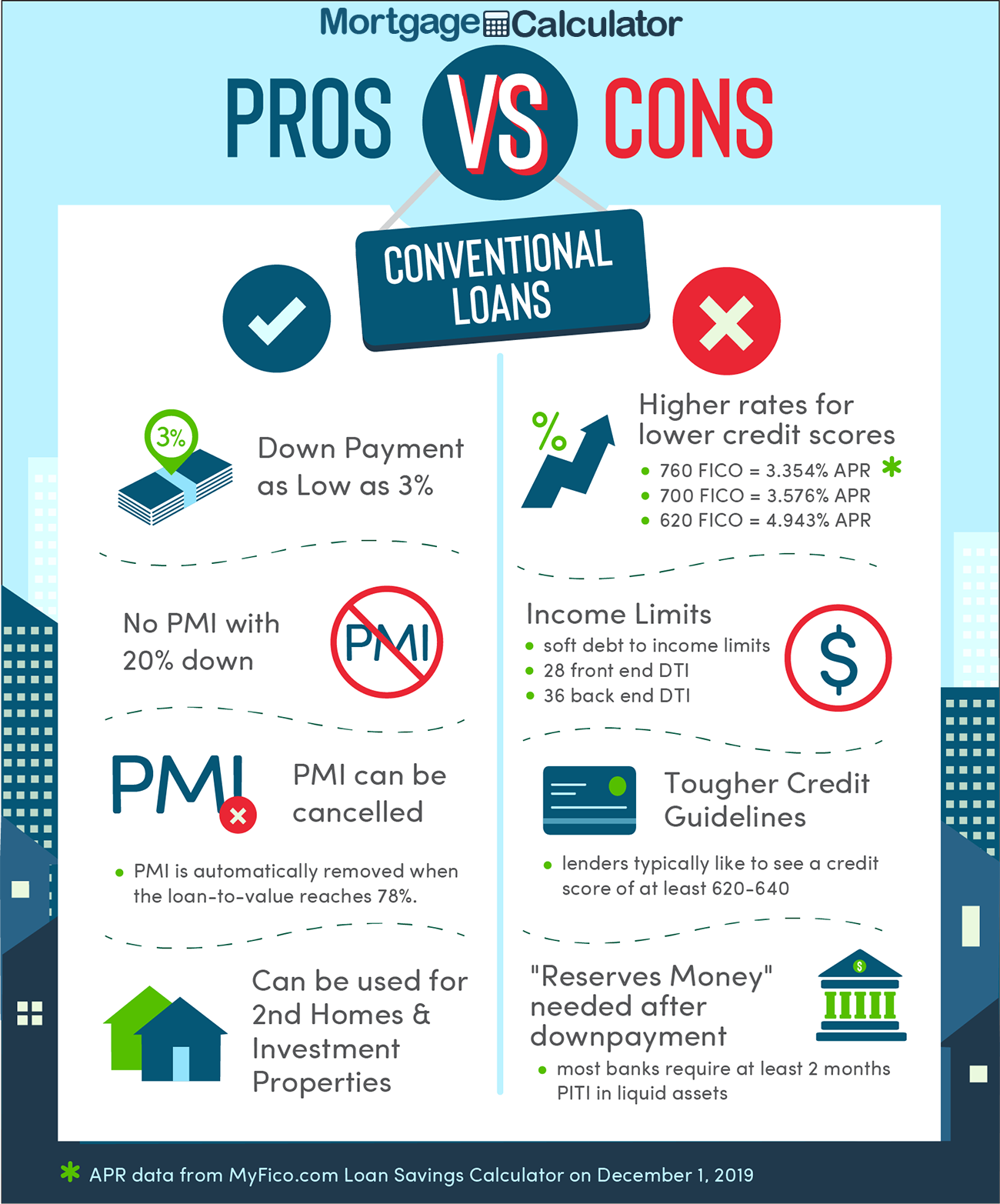Maximize Your Homebuying Possible with Conventional Mortgage Loans
Maximize Your Homebuying Possible with Conventional Mortgage Loans
Blog Article
The Essential Factors to Think About When Picking In Between Fixed-Rate and Variable-rate Mortgage Lendings
When examining home loan choices, debtors deal with an essential choice between adjustable-rate and fixed-rate financings, each presenting distinctive benefits and potential challenges. Key factors to consider such as rates of interest stability, predictability in monthly settlements, and the ramifications of prospective rate adjustments can dramatically impact lasting economic health and wellness. Comprehending the expected period of homeownership and the general cost of loaning can form one's approach. As these aspects link with individual financial circumstances and risk tolerance, the implications of this selection might not be as uncomplicated as they appear. What nuances should be focused on in this critical decision-making process?
Interest Price Stability
When picking a home loan, comprehending rate of interest rate security is essential for informed decision-making. Passion rates can considerably affect the total expense of a home loan, and identifying the nature of these prices is necessary for debtors.
On the various other hand, adjustable-rate home mortgages (ARMs) begin with reduced first rates that might alter occasionally based on market problems. While this can lead to lower payments at first, it also introduces uncertainty, as customers might deal with raised repayments if rates of interest climb. For those considering an ARM, it is essential to assess the probability of rate changes, the possibility for repayment rises, and the length of the preliminary fixed-rate period.
Inevitably, the option between adjustable-rate and fixed-rate home loans pivots on individual danger tolerance and economic conditions. Comprehending rate of interest stability assists debtors make informed choices that align with their lasting financial objectives.
Monthly Repayment Predictability
While consumers usually focus on rates of interest security, the predictability of regular monthly settlements is similarly essential in the mortgage option procedure (Conventional mortgage loans). Month-to-month payment predictability plays an important function in budgeting and economic planning, as it directly influences a home owner's capital and general financial wellness
Fixed-rate home mortgages use a consistent monthly repayment throughout the life of the funding, allowing debtors to prepare for and intend their expenses effectively. This security can be specifically advantageous for newbie homebuyers or those on a set income, as it gets rid of the uncertainty linked with changing settlements.
On the other hand, adjustable-rate home mortgages (ARMs) commonly include reduced initial repayments that can transform gradually, leading to prospective irregularity in monthly responsibilities. While originally appealing, this unpredictability can make complex economic planning, particularly if debtors do not account for future rate changes.
Potential Price Adjustments
In the realm of variable-rate mortgages (ARMs), prospective price modifications stand for a significant variable that borrowers must thoroughly consider. Unlike fixed-rate home mortgages, where the rates of interest continues to be unchanged for the life of the lending, ARMs are defined by changing interest rates that are tied to market indices. This variability can result in considerable changes in month-to-month news settlements, influencing the consumer's economic preparation and budgeting.
Normally, ARMs have a preliminary fixed-rate duration during which the rate of interest is steady. After this period, however, the price readjusts at predetermined periods-- generally each year. Debtors should recognize the margin and index used to calculate these changes, as they straight affect future rates of interest. Additionally, ARMs often consist of caps that limit just how much the interest rate can increase at each modification and over the life of the funding, which can offer some degree of protection versus extreme rate walks.
Comprehending these prospective changes is critical for customers, as they straight impact long-term repayment obligations. As a result, assessing personal economic circumstances and take the chance of tolerance is necessary when making a decision whether an ARM aligns with one's monetary objectives.
Car Loan Term Factors To Consider
Lending term considerations play a critical role in the decision-making process for customers selecting between fixed-rate and adjustable-rate home mortgages. The size of the finance term dramatically influences month-to-month repayments, passion rates, and overall economic preparation.

Inevitably, customers need to evaluate their this contact form personal conditions, monetary objectives, and market conditions when weighing the effects of financing term options within each home loan type.

Overall Expense of Borrowing
Fixed-rate mortgages use predictable month-to-month payments, as the interest price continues to be continuous throughout the financing term. This predictability can lead to reduced total costs, particularly in a steady or decreasing rate of interest rate atmosphere.
Alternatively, variable-rate mortgages (ARMs) normally start with reduced first prices, leading to decreased upfront prices. However, these prices can boost after a first period, causing potentially higher long-term prices. Consumers need to think about the frequency and level of rate modifications, as well as the total funding period, to accurately evaluate the economic effects.
Additionally, the general expense of borrowing includes not only rates of interest however likewise fees and other associated prices, such as shutting prices and insurance (Conventional mortgage loans). When evaluating home mortgage choices, borrowers need to conduct a detailed expense analysis over the life of the financing. By doing so, they can make an educated decision that straightens with their financial objectives and run the risk of resistance
Verdict
Rate of interest price security and monthly payment predictability are vital for efficient budgeting, while the capacity for price changes in ARMs introduces monetary unpredictability. Additionally, the anticipated duration of homeownership and the general expense of loaning, consisting of rate of i loved this interest rates and connected charges, need to line up with specific economic conditions and risk resistance.
Trick considerations such as interest rate stability, predictability in monthly payments, and the implications of potential price modifications can dramatically influence lasting financial health and wellness. Rate of interest rates can considerably impact the overall cost of a home loan, and identifying the nature of these rates is essential for debtors. Unlike fixed-rate mortgages, where the passion price stays the same for the life of the finance, ARMs are characterized by varying rate of interest rates that are connected to market indices. Additionally, ARMs frequently include caps that restrict exactly how much the interest price can increase at each change and over the life of the financing, which can offer some degree of defense against radical price walks.
Rate of interest rate security and regular monthly repayment predictability are critical for reliable budgeting, while the potential for price modifications in ARMs presents economic unpredictability.
Report this page